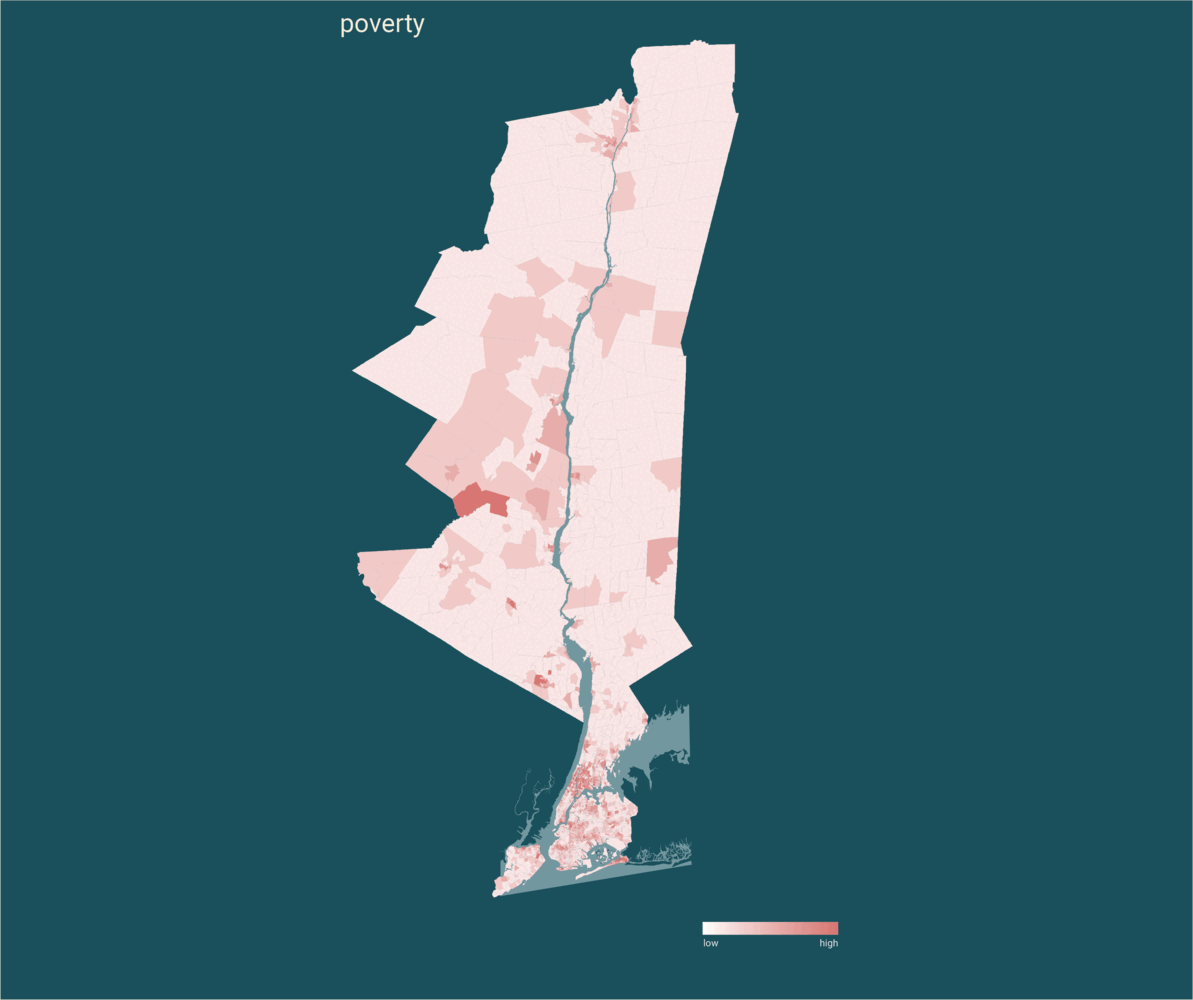Decades of disinvestment from the regional transportation system has led to intense transit-based inequities across the Hudson Valley. In order to transform the accessibility of the valley’s west shore, this proposal looks at reactivating the historic western shore passenger rail line to reconnect cities that are now disconnected. This regional rail service would create a permeable transportation network, reduce the locals’ carbon emissions through transitioning away from a car-based region and regenerate local economies, and foster opportunity through transit-oriented development.
This proposal aims to establish a sequence of mobility hubs along the rail line. These new public spaces would serve as a critical connection between several transportation systems creating a more cohesive and equitable metropolitan system. They encourage social interactions and reconfigure mobility networks to establish a pedestrian-friendly environment.
The Newburgh hub transforms the surrounding urbanscape to encourage the use of more sustainable transportation systems. By favoring public transit and human-powered modes of transportation, the design of the Newburgh hub serves as a guide for communities in transportation transition.
This network program transcends geopolitical boundaries and addresses how mobility hubs can serve as a nexus for connectivity across the urban fabric of Newburgh and beyond.








